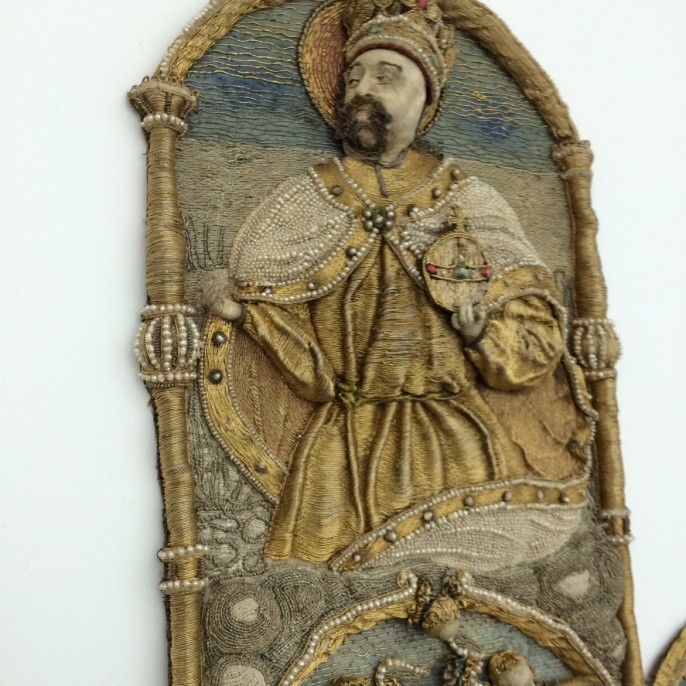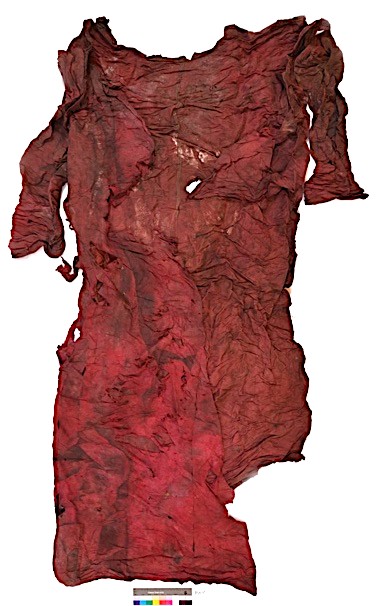Article in Journal of Cultural Heritage (2025)
22 04 2025
Contemporary archaeology, art history, and especially art conservation, need the support of various instrumental techniques (chromatography, spectroscopy, etc.). For cooperation between humanists and natural scientists to bring significant and effective results, both parties need to have a comprehensive understanding of the other’s work methodology.
An example of such cooperation is the work published in the prestigious Journal of Cultural Heritage (Pitfalls of dye identification in historical fabrics, authored by B. Witkowski, M. Stachurska, P. Luśtyk, T. Gierczak, and M. Biesaga), in which scientists from the Faculty of Chemistry, University of Warsaw, and the Faculty of Conservation and Restauration of Works of Art, Academy of Fine Arts in Watsaw, describe the problems of identifying dyes in historical fabrics.
Analyzing over 180 samples, we encountered several key problems that could affect the results of the research. For understandable reasons, the size of the samples intended for analysis is usually very small. However, it turns out that the key factor is not so much how big the sample is, but how much dye it contains. This can have a decisive influence on the result of the analysis, especially in the case of severely degraded samples. Many old fabrics are severely degraded, which makes it difficult to determine what their original colours were. Moreover, the agents used to preserve old fabrics, and additives used in the processing of fibres, or the dyeing process can make it difficult to identify the dyes and, as a result, lead to incorrect interpretation of the results obtained. The reliability of the results depends on the degree of degradation of the fabric, which is why samples for analysis should be taken from well-preserved fabric fragments.
Our research confirms that even after hundreds of years it is possible to identify old dyes and their natural sources. However, this requires the use of modern analytical methods and careful preparation of samples. The key to success is also effective cooperation between researchers from two fields that may seem distant at first glance.
Pitfalls of dye identification in historical fabrics
B. Witkowski, M. Stachurska, P. Lustyk, T. Gierczak, M. Biesaga
Journal of Cultural Heritage 72 (2025) 180–190
https://doi.org/10.1016/j.culher.2025.02.003

Orphrey, 16th century

Men’s clothing, fabric from the 17th/18th century
